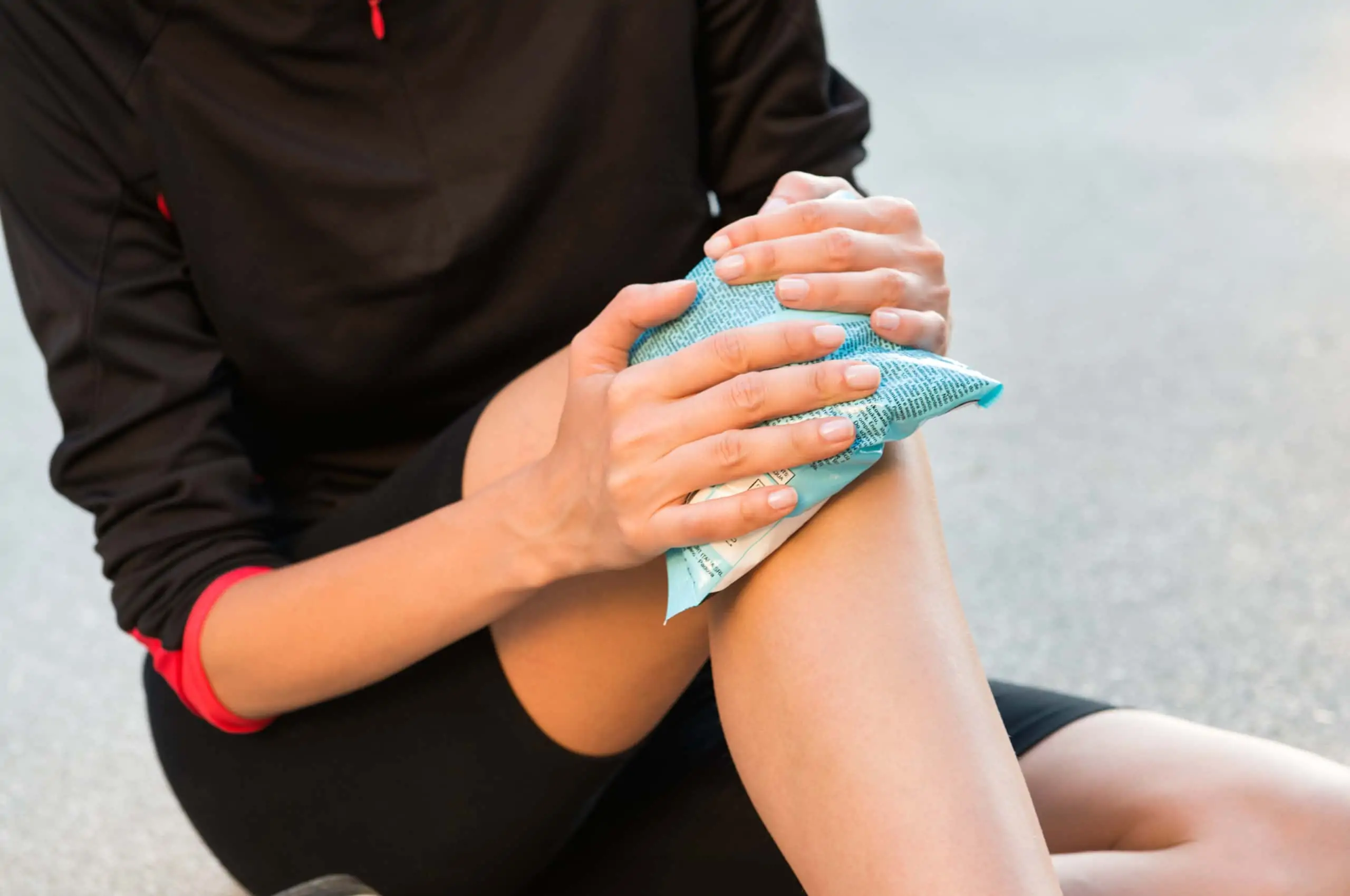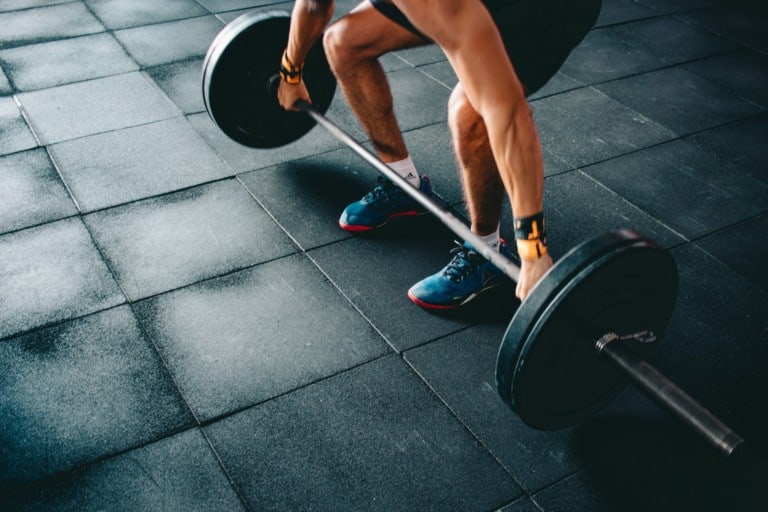R.I.C.E. – Ice for Injuries?
There are two divergent trains of thought in medicine today regarding acute injury & illness. On one side is the belief that the immune system largely tends to get in its own way, and thus suppressing the acute immune response, i.e., reducing acute inflammation and lowering fever, is the best and quickest path to recovery. On the other side is the belief that the body’s acute response is actually part of the healing process, and it should be supported rather than suppressed to best facilitate health and healing. So, which of these methodologies is correct?
It is certainly true that sometimes the immune system does get carried away with itself, and suppressing it can save lives. Auto-immune diseases are an example of when this comes into play. But what about when an immune response is just annoying or temporarily uncomfortable, and not at all dangerous, such as when you get a cold, or sprain your ankle?
Is it really helping anything to suppress the immune system’s natural responses to those situations? This is a difficult question to answer in the space of a single blog post, but today we will attempt to address the issue from the standpoint of acute sports injuries.
How Do We Normally Treat Injuries?
We will discuss the old standard of care for allopathic medical treatment of these acute injuries, traditional Chinese views on treatment, and new research that seems to settle the score between which approach is best.
About 30 years ago, Gabe Mirkin M.D. became famous for creating an acronym that every athlete since has had pounded into their head from a young age. That acronym is R.I.C.E. – Rest, Ice, Compression, Elevation.
This dictum calls for rest after an injury or at least reducing activity of the affected part of the body. It also recommends ice packs be applied in 20-minute cycles to reduce swelling and pain levels. Compression should be applied around the area of injury, and the injured part should also be raised above the level of the heart, both to additionally reduce swelling.
Anti-inflammatories, or NSAID’s, are often also prescribed to injured patients to also reduce swelling and pain. Ice for injuries is also utilized frequently by athletes to reduce pain during play, and to allow athletes to keep playing despite an injury.
But Does The Ice Actually Work?
Yet, interestingly, despite the heavy reliance upon ice therapy, in 2004, a meta-analysis of 22 studies published in the American Journal of Sports Medicine was unable to demonstrate that ice was an effective treatment for a soft-tissue injury.
In Chinese medicine, we use numerous modalities, including acupuncture, internal/external herbal applications and heat to promote healing and reduce the pain of sports injuries or similar traumas, depending on the diagnosis.
Ice is never even considered a treatment option in Chinese medicine! The reason can be tied back to an old saying that one of my professors from China shared, which is, “Ice is for dead things.” Let’s say that one more time for emphasis – ice is for dead things. This is an idea that makes a great deal of sense if you understand the physiology of healing.
How Does the Body Heal an Injury?
There are three stages of healing that the human body goes through during the healing process: the acute, or inflammatory stage of healing, the sub-acute stage of healing, and the chronic stage of healing.
In the acute stage, which lasts up to four days, significant swelling occurs, and the body works to clear out the damaged tissue. The next three weeks constitute the subacute phase, when the body is working to create new tissue.
After that time period, any tissue that isn’t regenerated becomes instead replicated with scar tissue. Chronic healing comes into play when scar tissue is being modified by the body. Scar tissue can limit mobility and contribute to chronic pain depending on the severity of the injury.
We now know that the fluid inside a swollen injury contains materials necessary for healing an injury and that reducing this inflammation negatively impacts healing. In 2011, a study published by the Federation of American Societies for Experimental Biology demonstrated that some degree of inflammation is actually needed for proper healing. In 2013, the Journal of Strength and Conditioning Research published this article, which demonstrates how the application of ice packs delays healing. This is perhaps the nail in the iced-down coffin.
Let’s say you’re an athlete – maybe on the Richmond Kickers. You want to be the best athlete you can possibly be. And now you’ve sprained your ankle. Of course, you want your injury to heal perfectly. If you were told that your body had three weeks, tops, to heal the injury well, and that the body’s natural inflammatory processes were working to accomplish this, would you still want to reduce that inflammation despite it being moderately uncomfortable at the time? Would you want to knowingly hinder that process of healing?
What Can You Do Differently? Can You Use Acupuncture for Injuries Instead?
When you’ve had an acute sports injury, it is always a good idea to get checked out by a doctor, but use your common sense and choose therapies that promote the body’s own resources for healing.
There are many alternatives to the standard RICE protocol that do far more toward supporting timely and thorough healing of an acute injury. If you need more support, seeing a qualified Chinese medicine practitioner or licensed acupuncturist is a great place to start.




